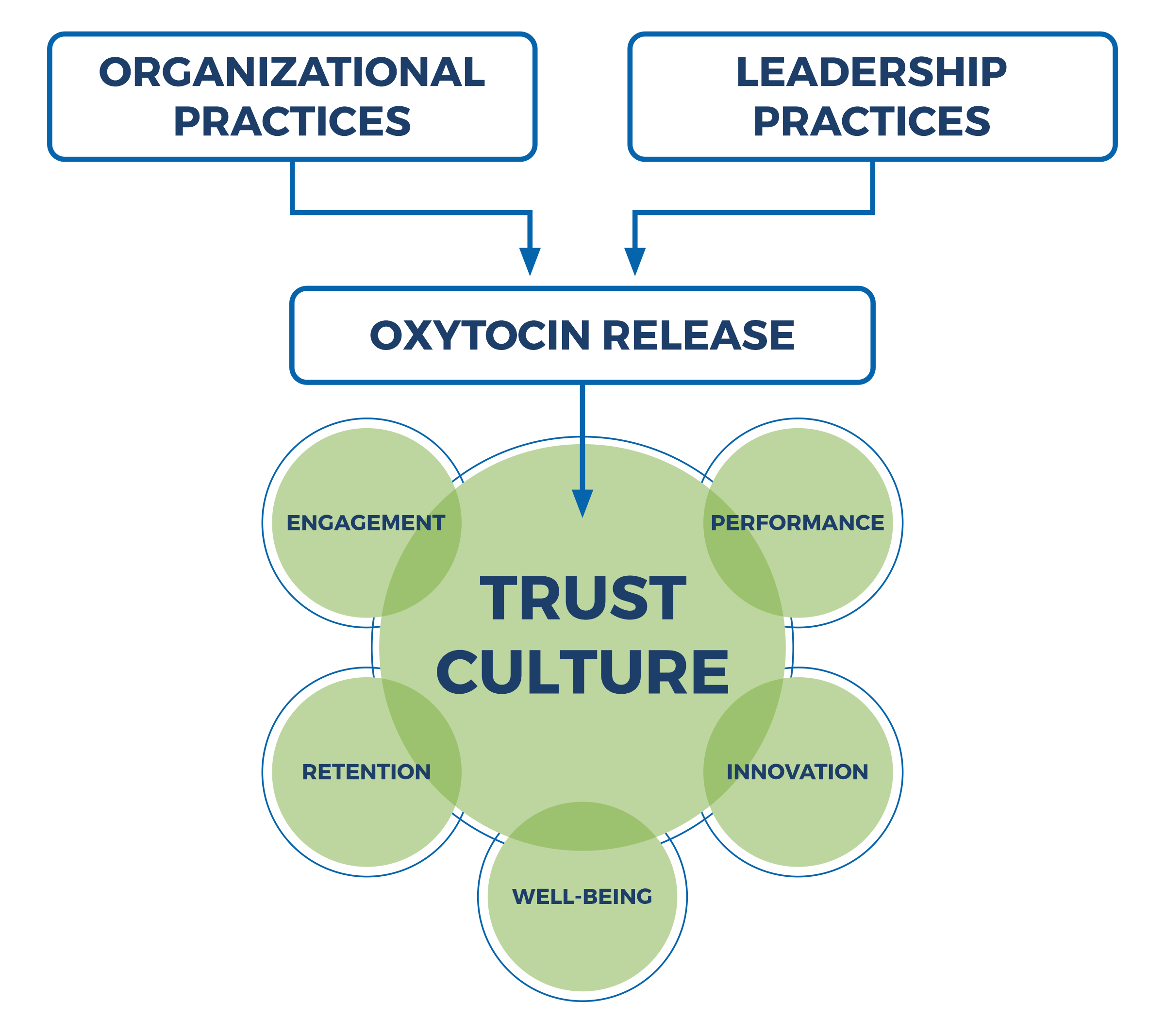The Neuroscience of Trust

Trust, a profound and intricate facet of human relationships, plays a fundamental role in shaping our interactions, collaborations, and the very fabric of society itself. As we take a deeper look into the realm of neuroscience, we uncover a treasure trove of insights that illuminate the intricate mechanisms governing trust and provide a deeper understanding of its profound impact on our lives.
At the heart of the neuroscience of trust lies a fascinating interplay of brain functions, hormones, and neural pathways. When trust is established, a cascade of neurochemical events takes place within our brains.
The release of oxytocin, often referred to as the “trust hormone,” plays a pivotal role in fostering feelings of empathy, connection, and bonding.
This remarkable compound not only enhances our sense of trust but also promotes prosocial behaviors, compassion, and cooperation – the very essence of human collaboration. Neuroscience studies have shed light on the integral role of the prefrontal cortex in the creation and maintenance of trust. This region of the brain, responsible for decision-making, analyzing risks, and social behavior, is intricately involved in assessing the intentions and reliability of others.
Through a delicate dance between the prefrontal cortex and other brain regions such as the amygdala (linked to emotional processing), trust is evaluated, and a judgment is formed based on past experiences, cues, and innate instincts.

Understanding the neuroscience behind trust not only offers a profound insight into our individual relationships but also has remarkable implications for leadership, teams, and organizational success.
Cultivating a culture of trust within teams and across organizations becomes not just a matter of intuition and experience, but a scientifically grounded endeavor. By fostering an environment that nurtures trust, leaders can empower their teams to unleash their full potential, encourage collaboration, and foster innovation.
Building trust is a dynamic process that requires intentional effort. It begins with fostering open and transparent communication, creating psychological safety, and demonstrating consistent behaviors that align with trustworthiness.
Leaders who prioritize building trust invest in interpersonal connections, actively listen to their team members, and consistently honor their commitments. By doing so, they create a positive feedback loop wherein trust flourishes, and relationships deepen.
In a world marked by uncertainty and rapid change, the neuroscience of trust provides us with a compass, guiding us towards building strong foundations for collaboration, innovation, and resilience.
